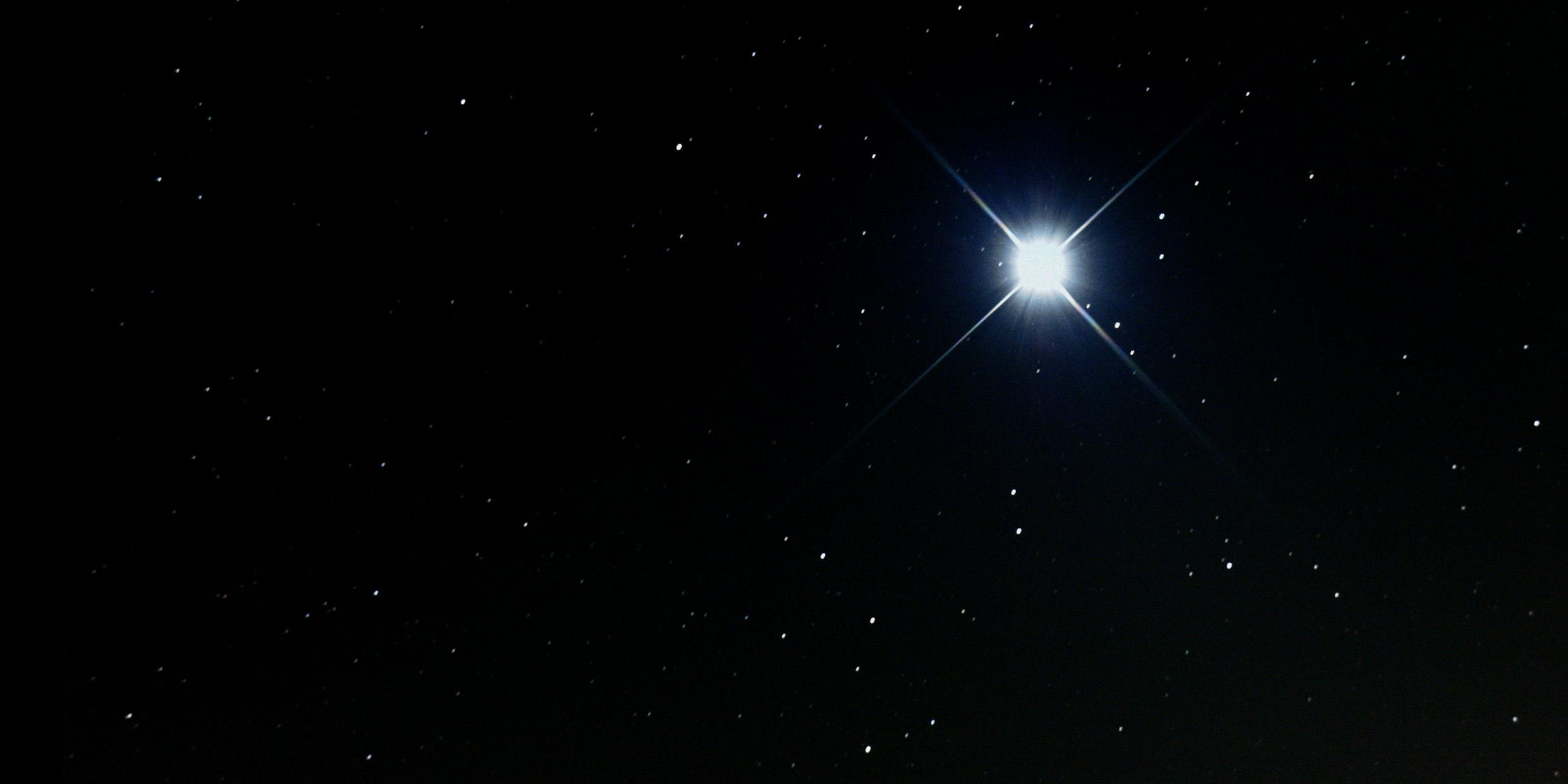Originally published 9 December 1985
There was a time, before Galileo turned his telescope heavenward, when people believed that the stars were immutable. The celestial sphere, at God’s feet, was fixed and eternal. When something new was observed in the sky — a comet, perhaps — it was assumed to belong to the earthly realm, somewhere below the Moon.
The telescope changed all that. A broader, closer look at the distant universe revealed a tumult of violence and variation. The stars, it turned out, are anything but permanent. They are born in dusty nebulas and they die when their thermonuclear fuels are depleted. Sometimes the deaths of stars are catastrophic.
The “constancy” of the stars was an illusion — an illusion of time. Stars and humans seem to live by different clocks. A hundred years of human history is as a second in the lifetime of a star. If you could observe a human life for only one second, we too might seem immutable.
Intersecting lives
But occasionally the lives of stars and humans do intersect. Consider the case of “ruddy” Sirius.
Sirius is one of our nearest stellar neighbors; it is only nine light-years away. As stars go, Sirius is intrinsically luminous; it is 20 times more luminous than the sun. For both of these reasons, Sirius shines more brightly in the Earth’s sky than any other star.
Whenever Sirius is mentioned in the ancient records it is described as “ruddy,” “red,” or “rusty.” Aratus, Cicero, Horace, Seneca, and Ptolemy, all mentioned Sirius as red. The Romans sacrificed red-coated dogs to Sirius at the time of its pre-dawn rising. Further back, the poet Homer and Babylonian cuneiform texts described Sirius as “shining like copper.”
No one today sees Sirius as red or ruddy. The star is white, or even white with a bluish cast. So what are we to make of the ancient records?
An intriguing explanation presents itself. Sirius is a binary star. The star we see with the naked eye has a small telescopic companion, a star no bigger than the Earth. Since antiquity Sirius has been known as the “Dog Star,” so it seems natural to call the companion the “Pup.” The Pup is a white dwarf star. White dwarfs are the last super-dense stage in the life of a star such as the Sun. But before a dying star collapses to become a white dwarf, it briefly (by star time!) swells to become a red giant. When a star like the sun enters the red giant stage, it expands to the size of the Earth’s orbit and its surface cools and reddens.
Is it possible that the white dwarf companion of Sirius was a red giant in the time of Cicero and Horace? The Pup would then have been the dominant member of the Sirius system, and its red light would have overwhelmed the light of the other star. Astronomers have resisted this explanation. Everything we know about stellar evolution suggests that the transition from red giant to white dwarf should take far longer than 2000 years.
In a recent issue [November 1985] of the British journal Nature, astronomer Wolfhard Schlosser and historian Werner Bergmann of the Ruhr-University Bochum in Germany report the discovery of yet another reference to the “redness” of Sirius. The star is mentioned in a 6th century work of Gregory of Tours, De cursu stellarum ratio. Gregory’s manuscript was intended to provide monasteries with the astronomical information necessary to establish the proper times for nocturnal prayers. References to Sirius are easily identified by its rise-times and times of visibility. And its name is given as “Rubeola,” meaning “rusty” or “red.”
The 6th century text appears to be independent of the earlier tradition, and it offers the most recent known reference to the “redness” of Sirius. Schlosser and Bergmann believe their discovery strengthens the case for a transformation of the companion of Sirius from red giant to white dwarf in historical times. They are aware that the rapidity and smoothness of the supposed transition are contrary to current theory.
If the companion of Sirius was a red giant in the time of Gregory of Tours, then its transition to a white dwarf is a startling example of a change in a familiar star that coincides with human history. Here at last is an instance where the story of a star overlaps our own story.
Easy to feel small
The universe of the stars often seems wildly incommensurate with the human scale. The distances to even “nearby” stars, such as Sirius, are tens of trillions of miles. The lifetimes of stars are measured in millions or billions of years. In the face of such vast expanses of space and time, it is easy to feel small and insignificant.
But go out late on a winter evening and look to the southeast. The brilliant blue-white star near the foot of Orion is Sirius. You can’t miss it; nothing else will be shining quite so brightly. Only 1,400 years ago — if we can trust Gregory of Tours — the star was red. Sirius is proof that stars and humans inhabit the same time.



